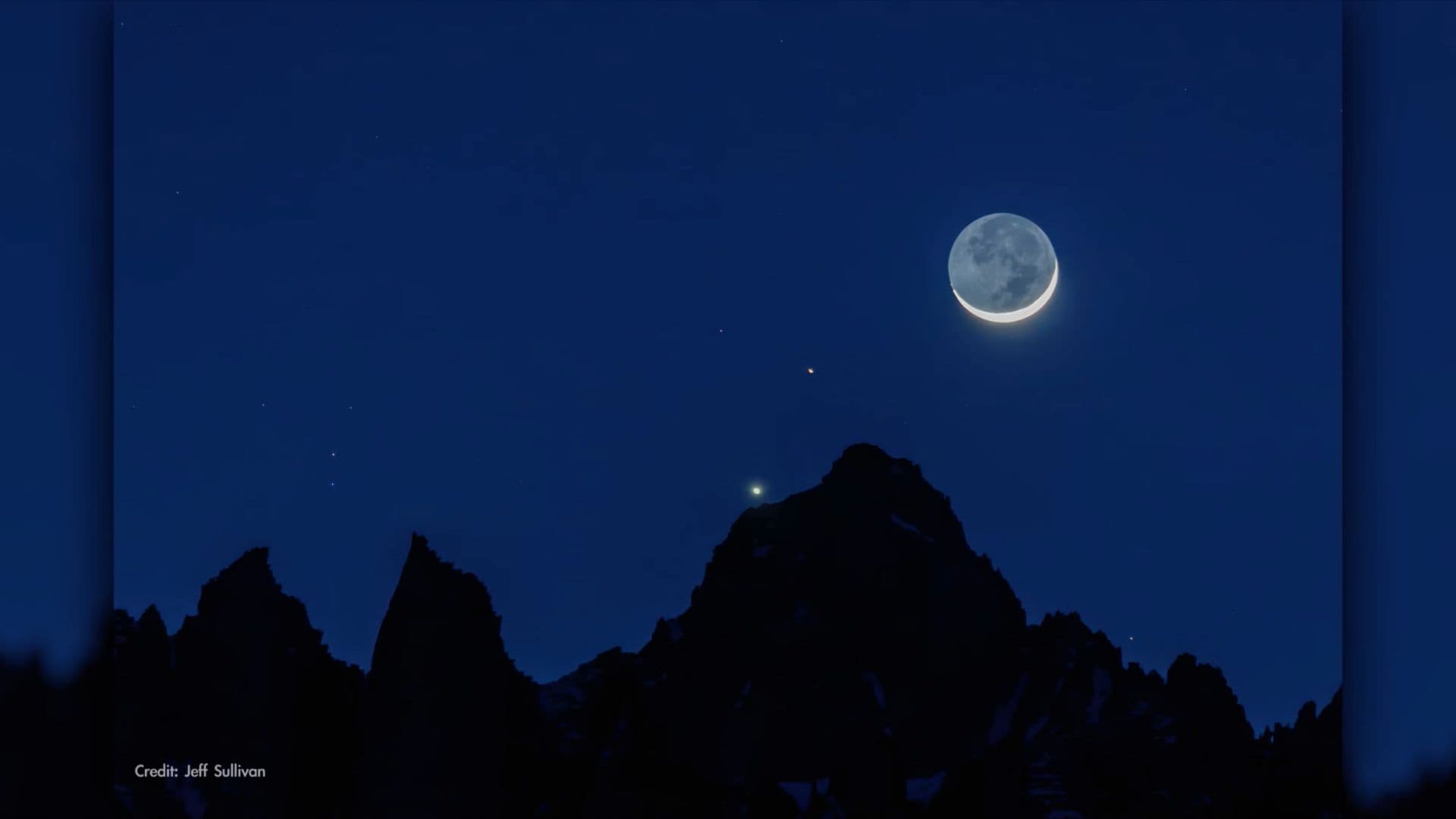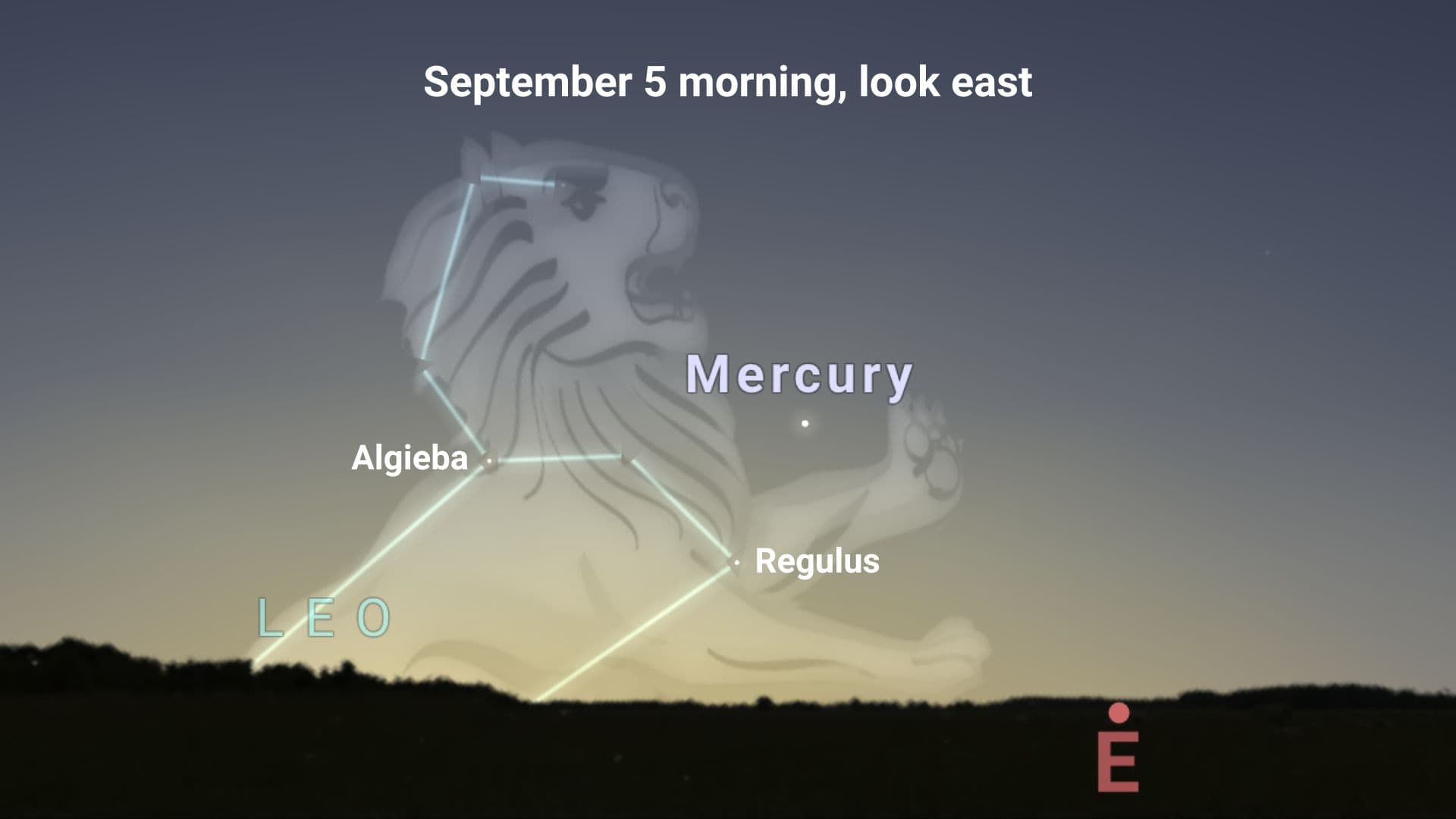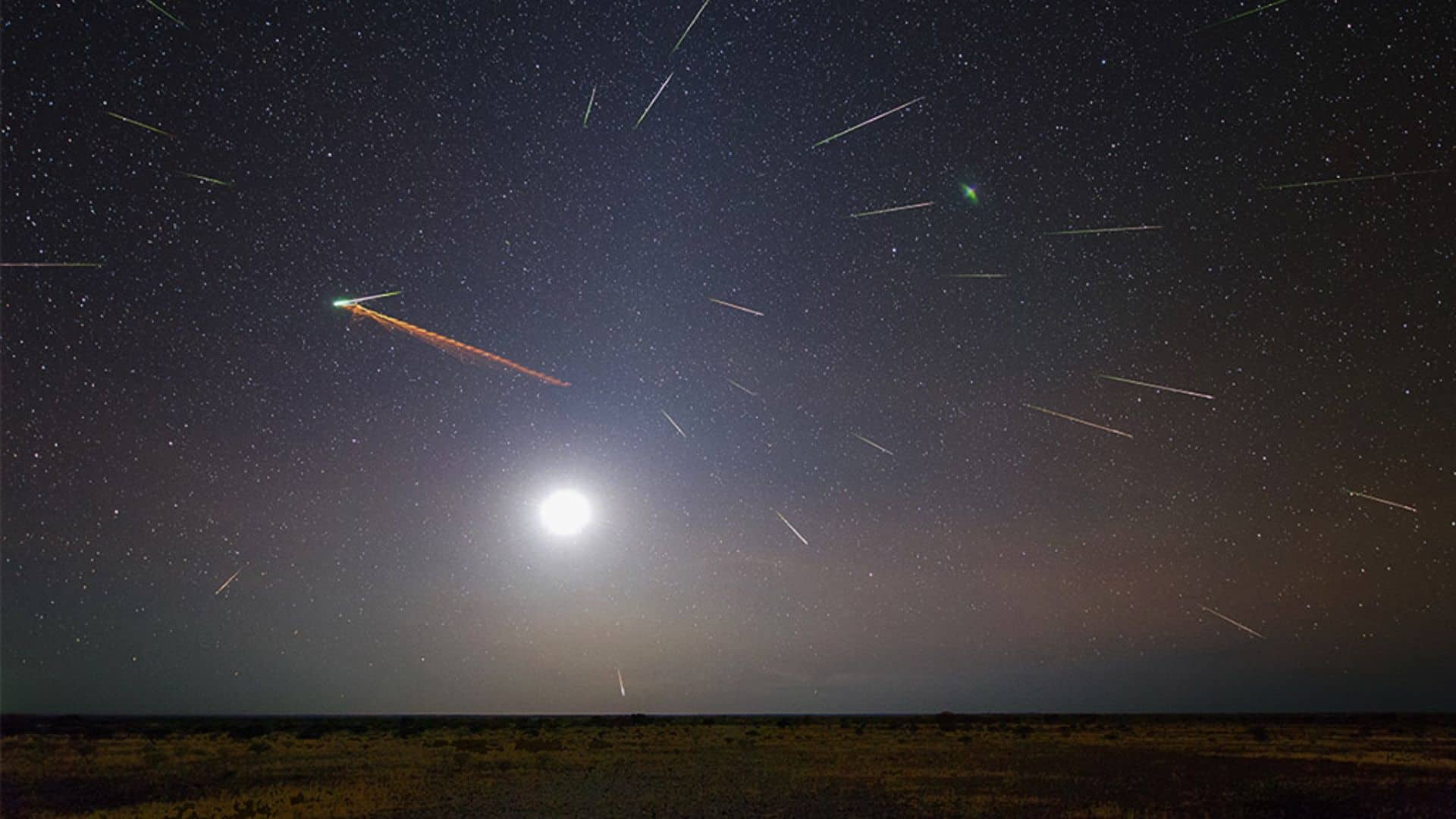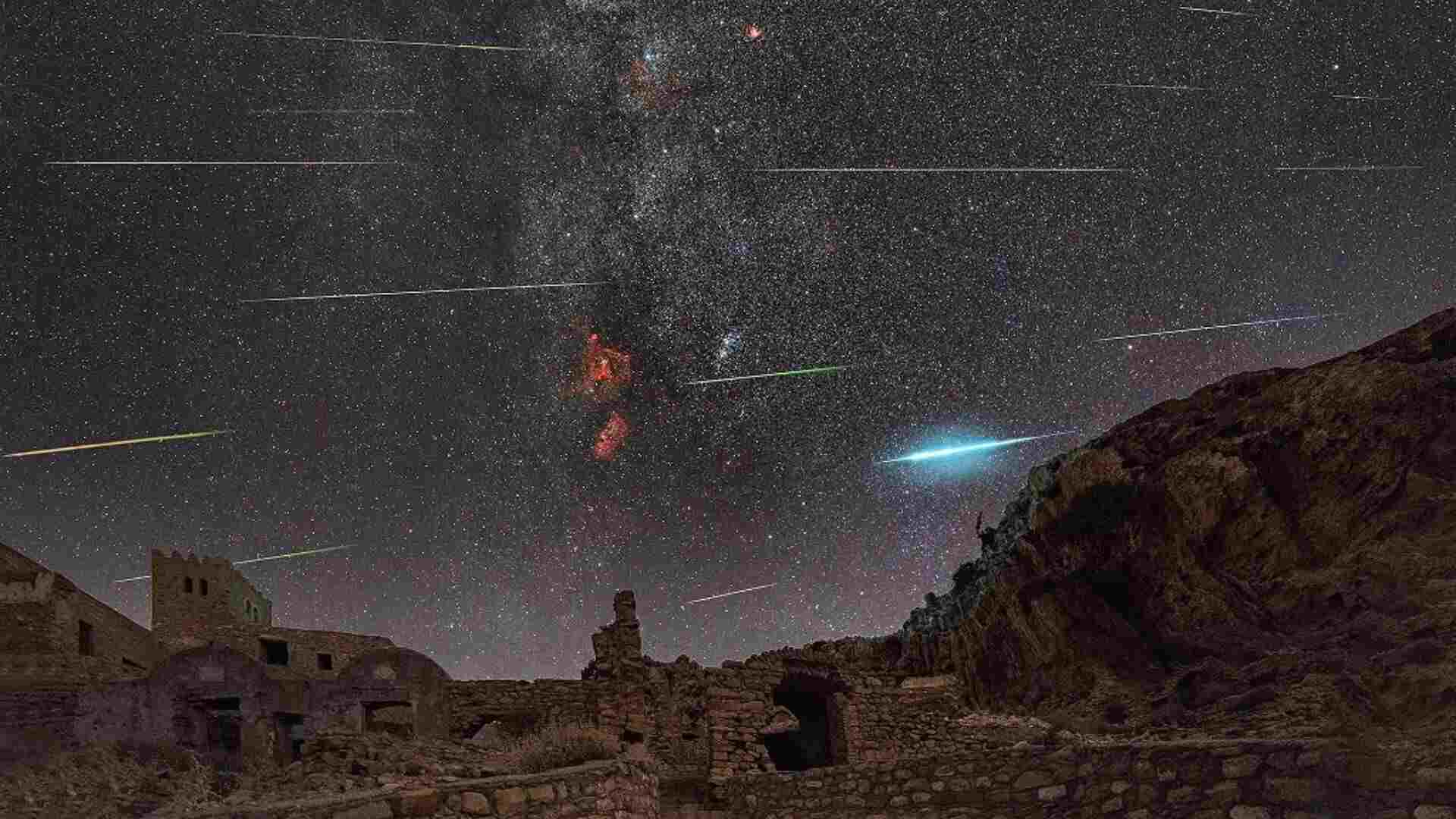Know when to see the Harvest Moon in 2024:
What is the Harvest Moon?
In the Northern Hemisphere (north of the equator), the full moon closest to the September equinox or autumnal (fall) equinox is called the Harvest Moon.
The September equinox of 2024 falls on September 22 at 12:44 UTC, and the nearest full moon of the September equinox falls on September 18, 2024, at 02:34 UTC. So the full moon of September 2024 is also called the Harvest Moon.
September equinox marks the beginning of autumn (fall) in the Northern Hemisphere and the beginning of spring in the Southern Hemisphere.
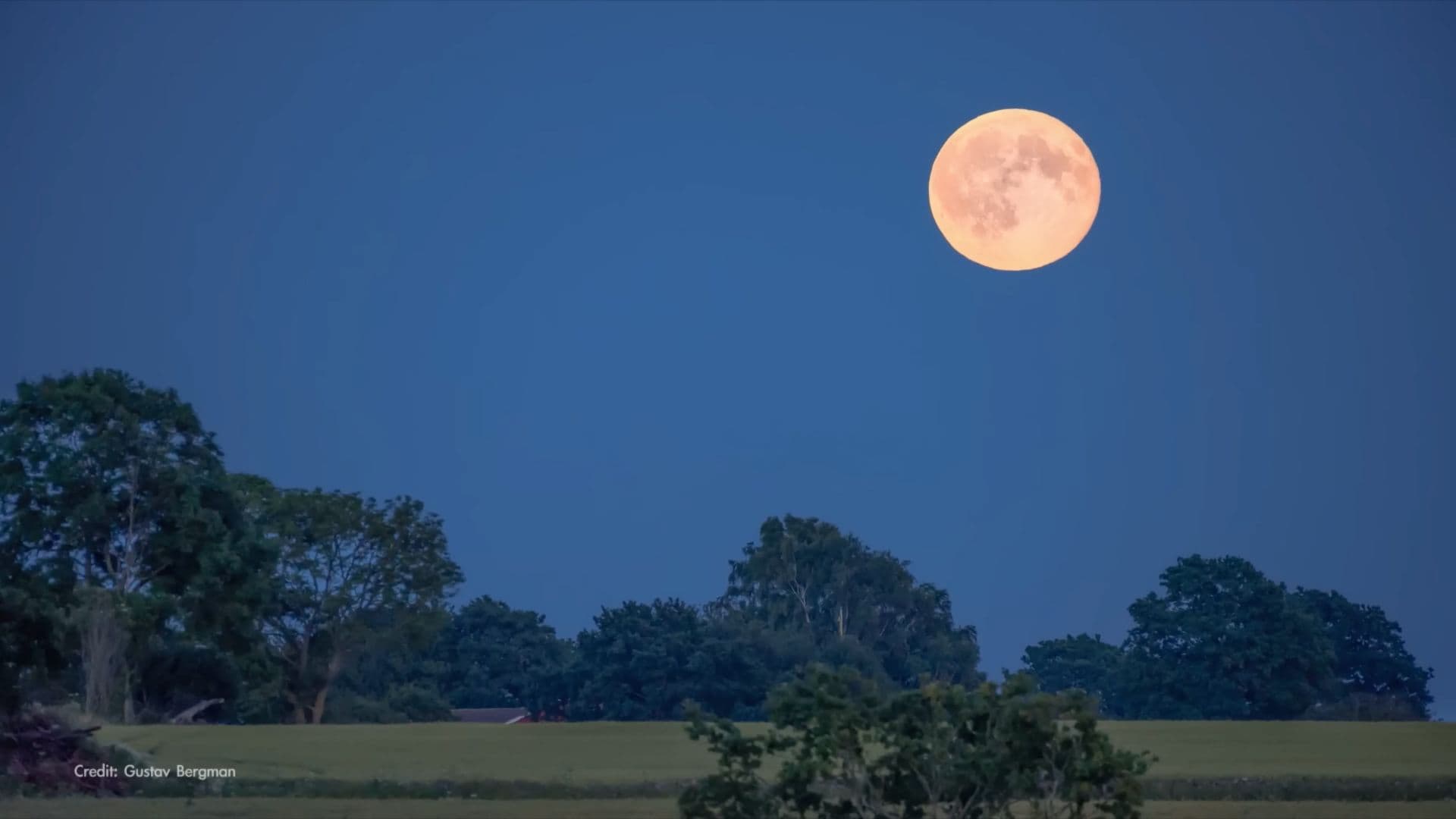
When is the next Harvest Moon?
The next Harvest Moon will fall on Wednesday, September 18, 2024, at 02:34 UTC (or Tuesday, September 17, 2024, at 10:34 p.m. EDT). It’s the full moon of September 2024.
The previous Harvest Moon was on Friday, September 29, 2023, at 09:58 UTC (5:58 a.m. EDT). It was the full moon of September 2023.
Why is it called the Harvest Moon?
Around the time of September equinox, lots of crops reach their peak in the Northern Hemisphere.
Now the Harvest Moon provides a few days of extra moonlight right after sunset, which traditionally helps farmers to work a longer time and bring their crops before the frost come.
But how do the farmers get extra moonlight? Let’s understand it.
The Harvest Moon is the full moon nearest to the September equinox.
Now a full moon rises around the time of sunset in the east and sets around the time of sunrise in the west. Also on consecutive days, the Moon rises approximately 50 minutes later.
But it is not true around the time of full moon nearest to the September equinox. During that time, the Moon rises around 10 to 20 minutes later on successive days.
So every day it seems like a full moon and there is almost no gap between a sunset and a moonrise. In this way farmers get extra moonlight.
Why does the Harvest Moon look orange?
Please note that the Harvest Moon has no relation to the Moon’s orange hue. The Moon looks orange or red as the moonlight travels a longer distance through the atmosphere when it is near the horizon.
The moonlight has to travel a longer distance through the atmosphere as the atmosphere is very thick near the horizon. That’s why blue lights are scattered away due to their short wavelength, and only red or orange lights are left as they can travel a longer distance through the atmosphere due to their long wavelengths.
For the same reason, the Sun also looks red near the horizon.
Please follow us on Facebook and Twitter to get latest space news, upcoming skywatching events and astronomy-related content.
